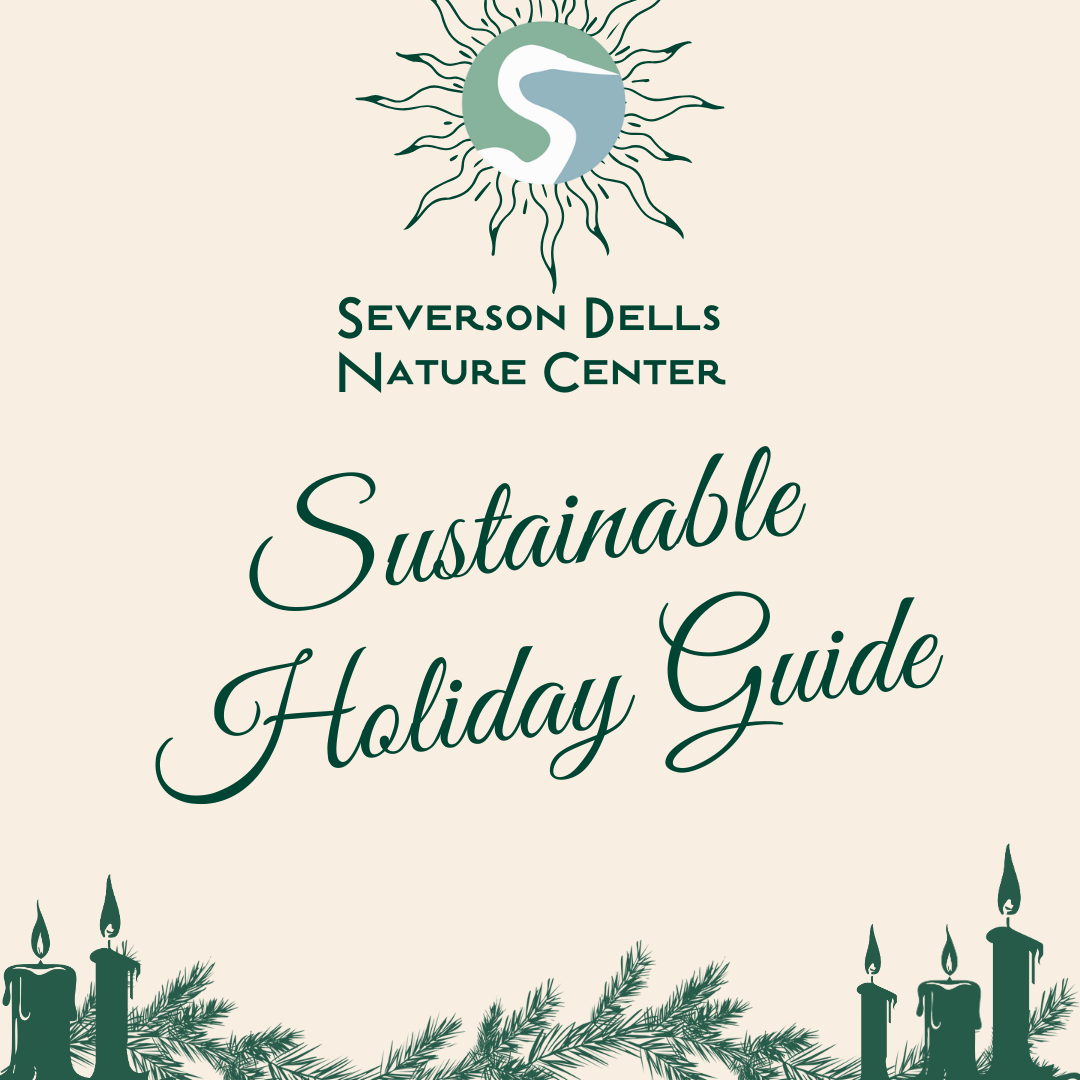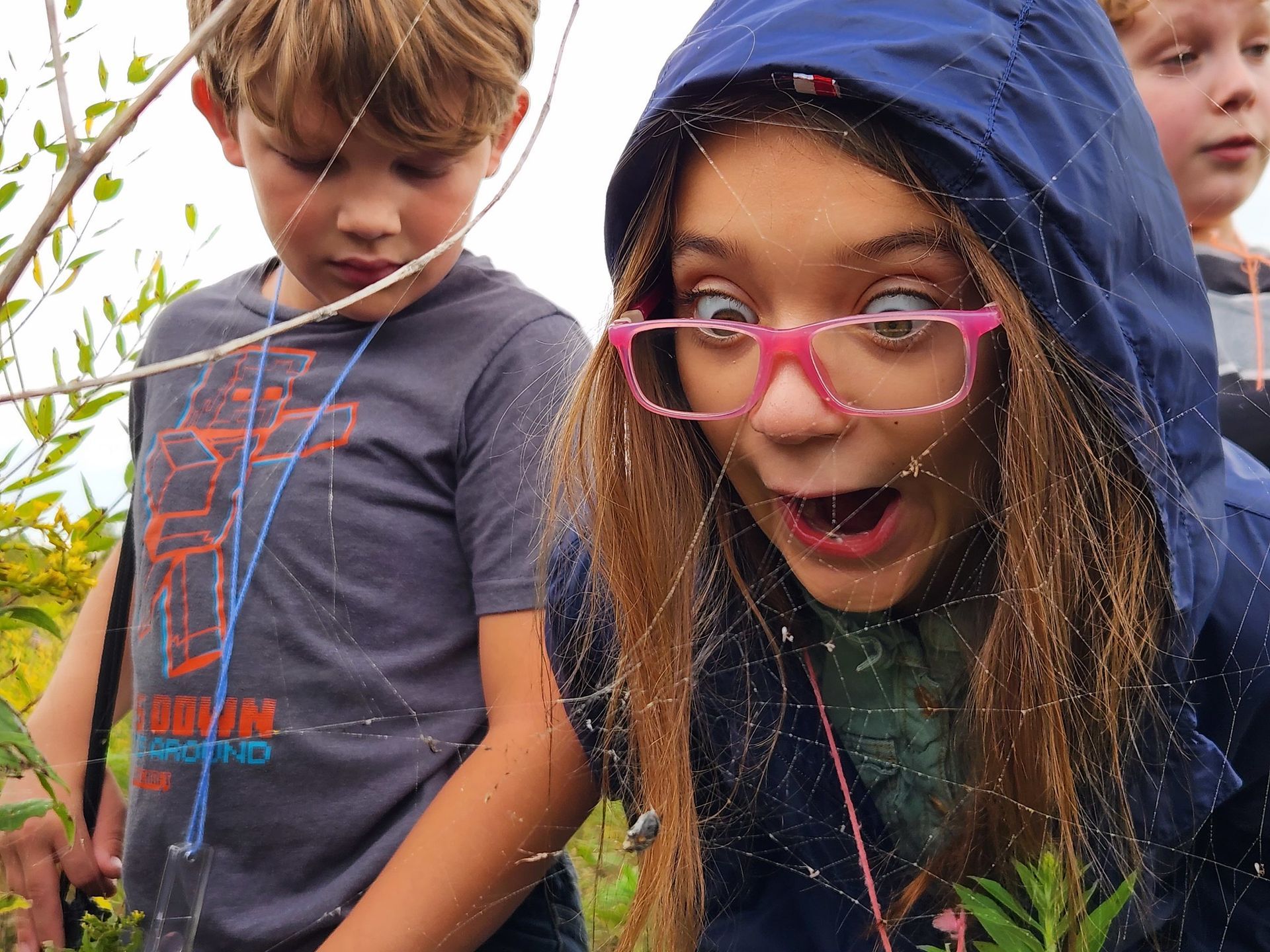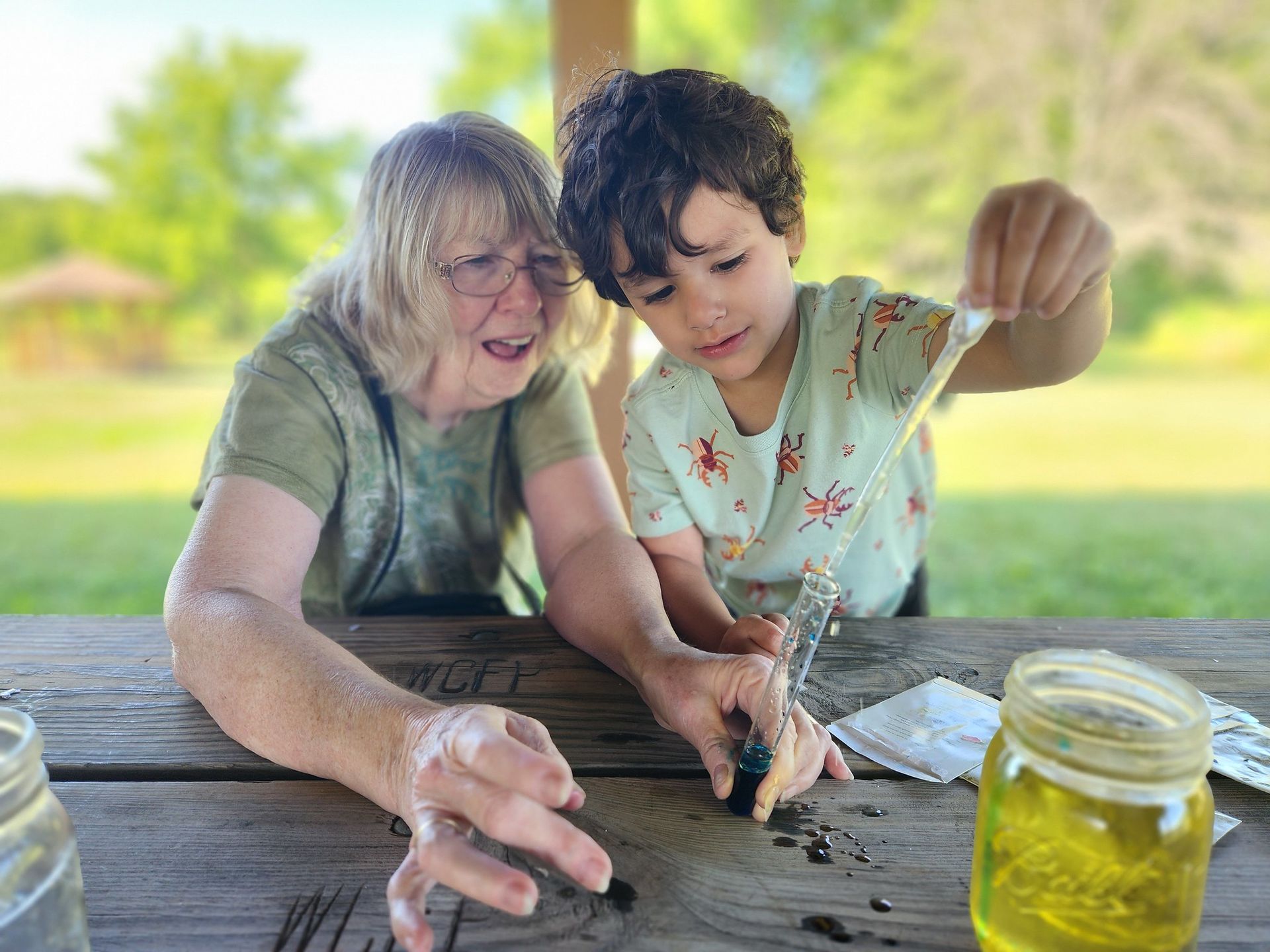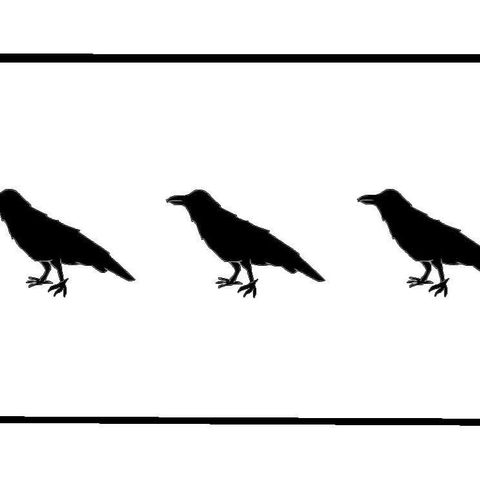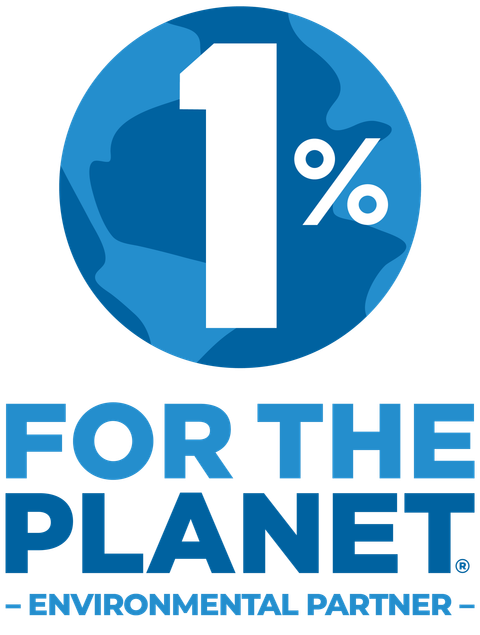By Linda Sandquist
•
November 21, 2025
As the leaves change colors and fall to the ground and the temperatures dip below freezing, we can feel the calendar tumbling toward the end of the year. Soon the Thanksgiving feast will be just a memory, and we’ll bring out our menorahs, Christmas trees, Kawanza candles, yule logs, and whatever else we use to bring light into this season of shorter days and longer nights. As the days swirl past Thanksgiving, many people observe other “holidays” like Black Friday, Small Business Saturday, Cyber Monday, and Giving Tuesday. Giving Tuesday, December 2nd, gives us a reason to think about others and contribute to charitable organizations that support causes near and dear to our hearts. As you consider your End of the Year giving and Giving Tuesday, we at Severson Dells encourage you to be generous to a fault. Political and economic uncertainty have negatively affected not-for-profit agencies and people’s needs have grown. If you are concerned about food insecurity, give to a food pantry. If you want to make sure someone has a roof over their head, give to a shelter or employment program. Education, animals, the arts, medical research – there are dozens of ways you can support a better community. And, of course, if you believe that nature education is important, please consider giving to Severson Dells . We are living in a world where more and more time is being spent head down on screens and less time heads up in nature. When you give to Severson Dells, you invest in curiosity and creativity, and the many other benefits people receive by being in the natural world. You support the discoveries both children and adults make in the great outdoors. You help sustain environmental stewardship and a pathway to better mental and physical health. Your gift makes a difference! Wishing you a delightful giving season. Severson Dells is a 501(c)3 organization. Our EIN is 36-2985870. We accept DAFs, IRA gifts, appreciated stock, real estate, and cash gifts. You can also join our recurring giving club to make your giving easy and predictable. Questions about giving? Call me at 815-335-2915 or email me at linda@seversondells.org
